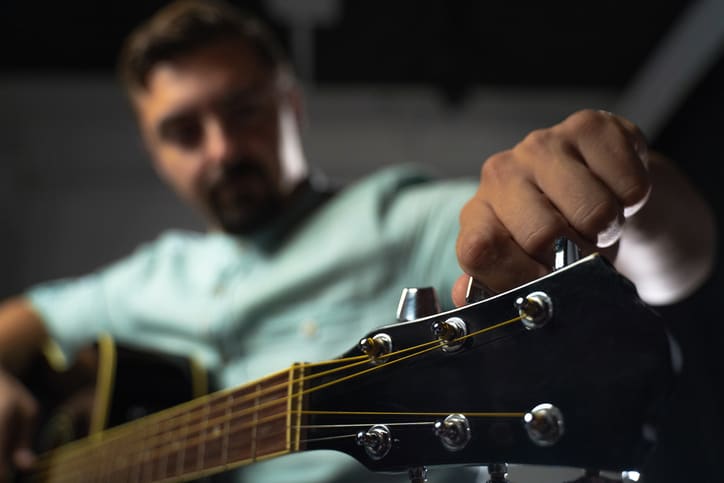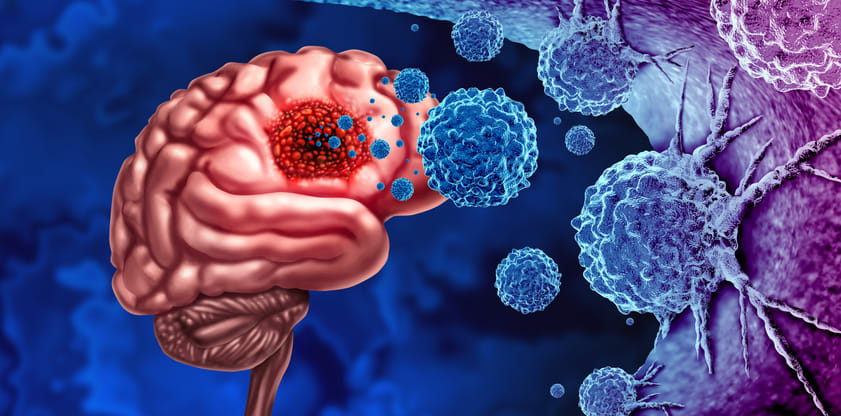Awake Craniotomy
Preserving What Matters Most During Brain Tumor Surgery
At Providence Swedish, our expert neurosurgeons use the awake craniotomy procedure to safely remove brain tumors while protecting important functions like movement, speech, and memory. By keeping you awake and responsive during key moments of surgery, we can map and avoid critical brain areas — using real-time feedback to guide precise, personalized care.

Treatment Overview
Awake craniotomy is a specialized brain surgery used to safely remove tumors located near areas of the brain that control important functions like movement, speech, or memory. During part of the procedure, you are gently awakened and asked to perform simple tasks — such as speaking, moving a hand, or identifying pictures — while the surgical team monitors your brain activity in real time. This allows your neurosurgeon to map and avoid critical brain areas while removing as much of the tumor as safely possible.
Most people feel little or no discomfort during the awake portion of the surgery. You are carefully supported by a team of experts, including neuro-anesthesiologists and neurosurgeons. After surgery, you may also work with Cancer Rehabilitation Medicine specialists who help you regain strength, mobility, and cognitive function as needed.
What to Expect
At Providence Swedish, we’ll guide you through every phase of your awake craniotomy — from planning and preparation to recovery and follow-up. Our team brings deep neuro-oncology expertise and compassionate support to help you heal physically and emotionally, with care that’s tailored to your needs.
About a week before surgery, we'll schedule a pre-admission visit to:
- Assist with any remaining pre-surgical lab work or tests
- Review what will happen during your surgery
- Explain potential side effects
- Discuss medications and post-surgery care, including in-home help or equipment if needed
You'll receive information to prepare for your hospital admission. If you have any questions after your pre-admission appointment, you can reach out to your nurse or care coordinator, who will be happy to help.
You’ll stay in the hospital for a few days after an awake craniotomy so your care team can monitor your recovery and make sure your brain is healing well. It’s common to feel tired or have headaches or some soreness around the surgical area. Some people notice temporary changes in memory, speech, or movement, depending on where the tumor was located and how the brain responds. These effects often improve over time as the brain heals, and many people start feeling better within days to weeks.
Awake craniotomy allows neurosurgeons to treat tumors near areas of the brain that control movement, speech, or other vital functions while lowering the risk of damage to those critical areas. Because your responses help guide the procedure in real time, there is often less risk to surrounding healthy tissue, fewer complications, and a better chance of preserving abilities like speaking or walking. For some patients, awake craniotomy can provide an option when other approaches aren’t possible.
As with any surgical procedure, there are risks, including:
- Infection
- Bleeding
- Swelling in or around the brain
- Fluid buildup in the brain
- Temporary or permanent neurological changes
- Incomplete tumor treatment or recurrence
- Seizures
- Stroke
Your care team will talk with you about these risks, answer your questions, and help you make an informed decision that reflects your goals.
You’ll have several follow-up appointments after your procedure for the first few weeks. This helps us monitor your healing and manage any complications. As time goes on, your appointments will be less frequent, but regular checkups are required so that we can continue to manage any of your ongoing treatment needs and watch for any signs of recurrence.
Services are also available to help you through every treatment stage.
Learn more about our supportive care services.
Frequently Asked Questions
Awake craniotomy is used when a brain tumor is located near areas that control important functions like movement, speech, or memory. When you are awake, your surgical team can ask you to perform different functions, such as speaking and moving, so they can avoid and protect these parts of your brain while safely removing your tumor.
It’s natural to worry that you might feel pain or discomfort during awake brain surgery. Many people are surprised to find the experience comfortable and calm. You won’t feel any pain because the brain itself doesn’t sense pain, and the scalp is numbed with anesthesia. You’ll be gently awakened only for the parts of surgery where your responses are needed, and your care team will talk with you and keep you comfortable throughout the procedure.
Although you’ll be asleep at the start of surgery, the anesthesia team will carefully lighten the sedation when it’s time for you to be awake. This allows you to follow simple instructions — such as speaking, moving your hand or foot, or answering basic questions — while feeling relaxed and comfortable. Your ability to respond will come back smoothly as the team gently wakes you.
Most people remember very little, if anything, from the awake portion of the procedure. If you do recall anything, it’s usually limited to the simple tasks you were asked to do — like speaking or moving your hand — or brief, calm conversations with your care team. Many people describe the experience as surprisingly uneventful. Your anesthesia team will closely monitor you the whole time, making sure you feel safe and supported, and you’ll be gently sedated again once the mapping portion is complete.
Recovery after awake craniotomy is similar to recovery from other types of brain surgery, though most people can preserve important abilities like movement and speech. You will typically stay in the hospital for a few days so your care team can monitor your healing, manage any side effects, and make sure your brain function is stable.
It’s normal to feel tired, groggy, or mentally foggy after surgery. Some people experience headaches, swelling, or mild, temporary changes in memory, speech, or movement. If needed, rehabilitation can help speed recovery and rebuild strength or skills.
Yes, we are one of only a handful of national programs to offer a dedicated rehabilitation program led by a fellowship-trained specialist.
The program integrates the medical management of treatment-related side effects and a variety of other physical, occupational, and behavioral therapies, which have been shown to improve overall health for people living with cancer. This may include nutritional guidance to help you eat well during and after treatment and physical or occupational therapy to help prevent lymphedema.
We provide a full range of supportive care services to support you during and after your cancer treatment. Some of these services include:
- Art therapists
- Cancer rehabilitation (onco-physiatry)
- Care coordinators
- Genetic counseling (cancer geneticist)
- Health educators
- Medical massage (edema, lymphedema management)
- Music therapist
- Naturopaths
- Nutritionists
- Oncology nurses
- Social workers
- Speech and language pathology
We can also help with finances, food, transportation, and other challenges for eligible patients through our patient assistance fund.
See the full list of supportive care services.
Note: Some services are provided by local partners and vary based on location. Please contact your clinic for more information.
News & Info From Our Experts



